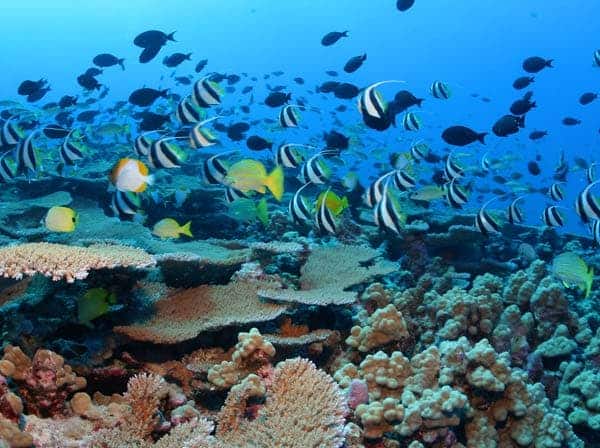In a landmark moment, President Obama used his executive powers to quadruples the size of the Papahānaumokuākea Marine National Monument. The sanctuary will now encompass 582,578 square miles of land and sea, amply protecting one of the most biodiverse places in the world from fishing, underwater mining, and pollution.
Papahānaumokuākea Marine National Monument, also known as the Northwestern Hawaiian Islands, was first designated as a protected area by George W. Bush a decade ago. The archipelago which lies 270 miles northwest of Oahu is home to more than 14 million birds from 22 species, nearly all of the remaining endangered Hawaiian monk seals, Hawaiian green sea turtles and Laysan albatrosses. It is here also that we can find the world’s oldest living animal, a 4,000-year-old coral, but also six seamounts which are teeming with life.
In those areas where the Marine National Monument expanded, all commercial activities will be prohibited. This didn’t bode well with local fishermen who say 60 percent of federal waters off Hawaii are now closed to fishing, catch valued at $100 million. Recreational fishing will be allowed with a federal permit, however.
On September 1, President Obama is expected to visit Midway Atoll — a remote place in the Papahānaumokuākea Marine National Monument where an important WWII battle took place — to celebrate the decision and raise awareness on the dangers of climate change, particularly rising sea levels.










